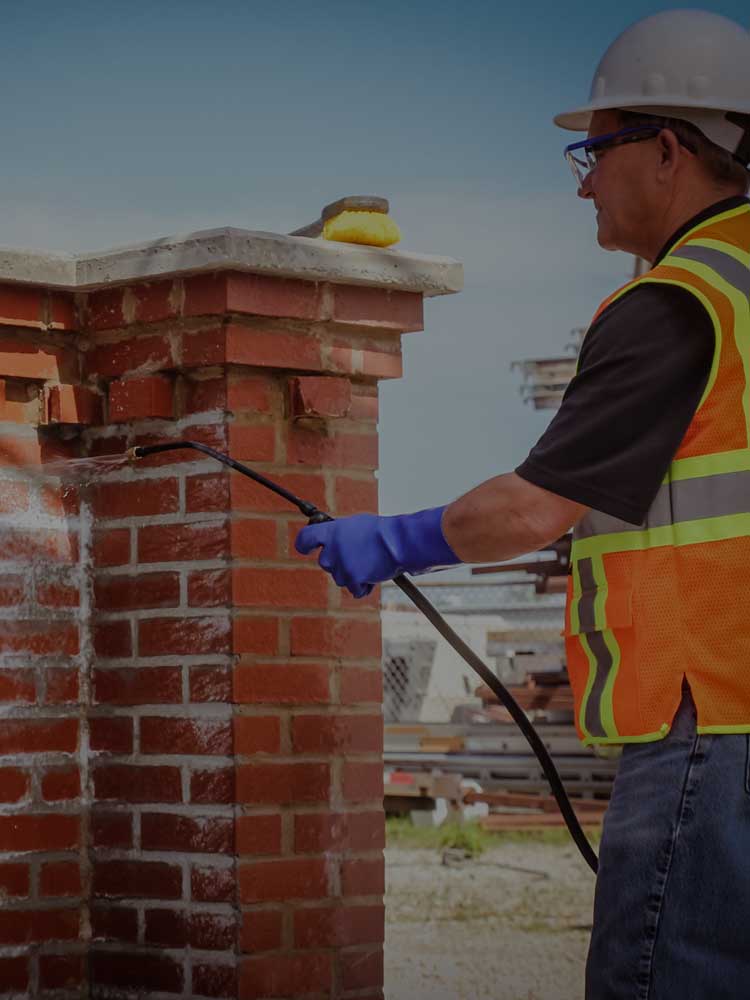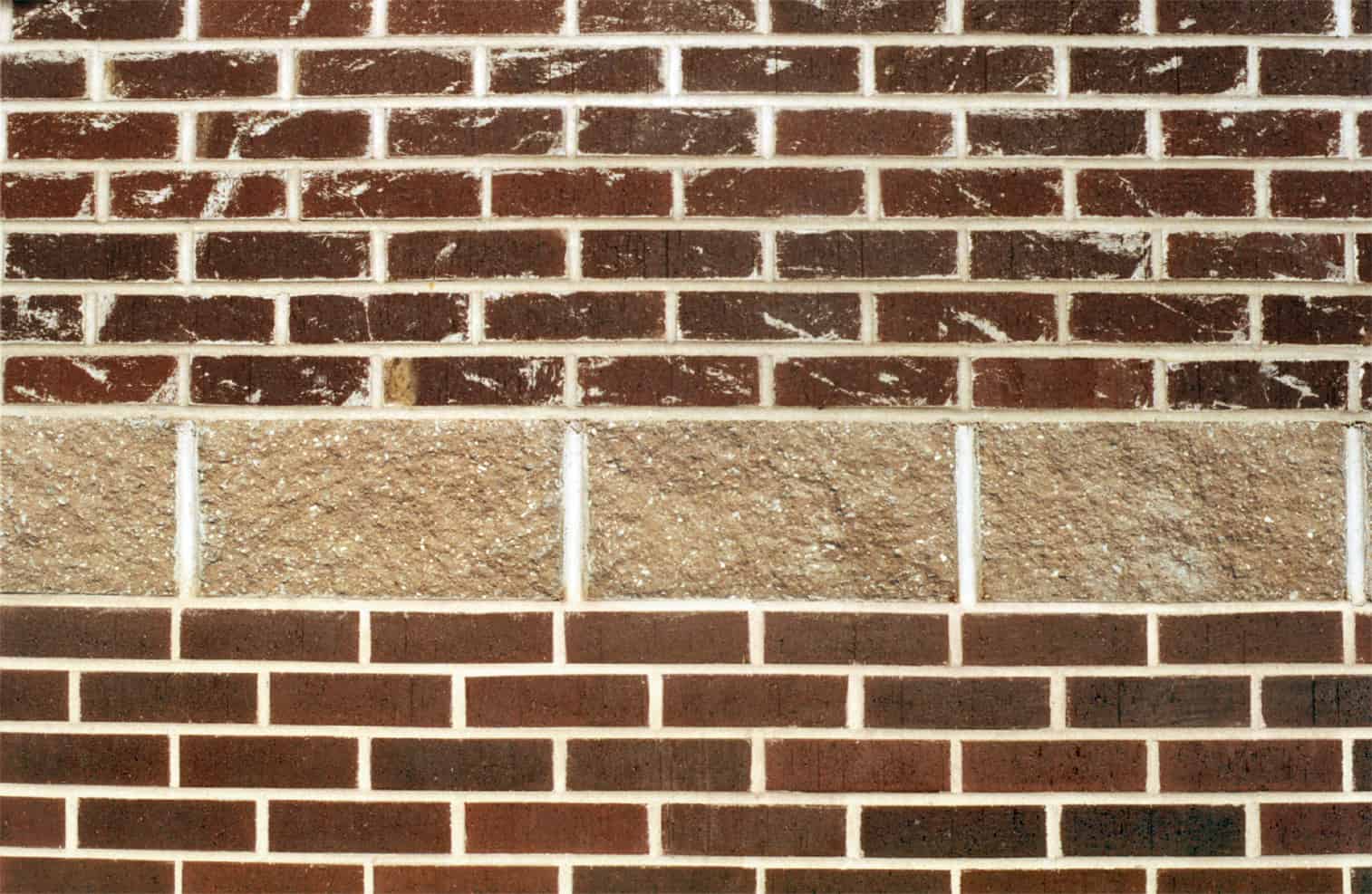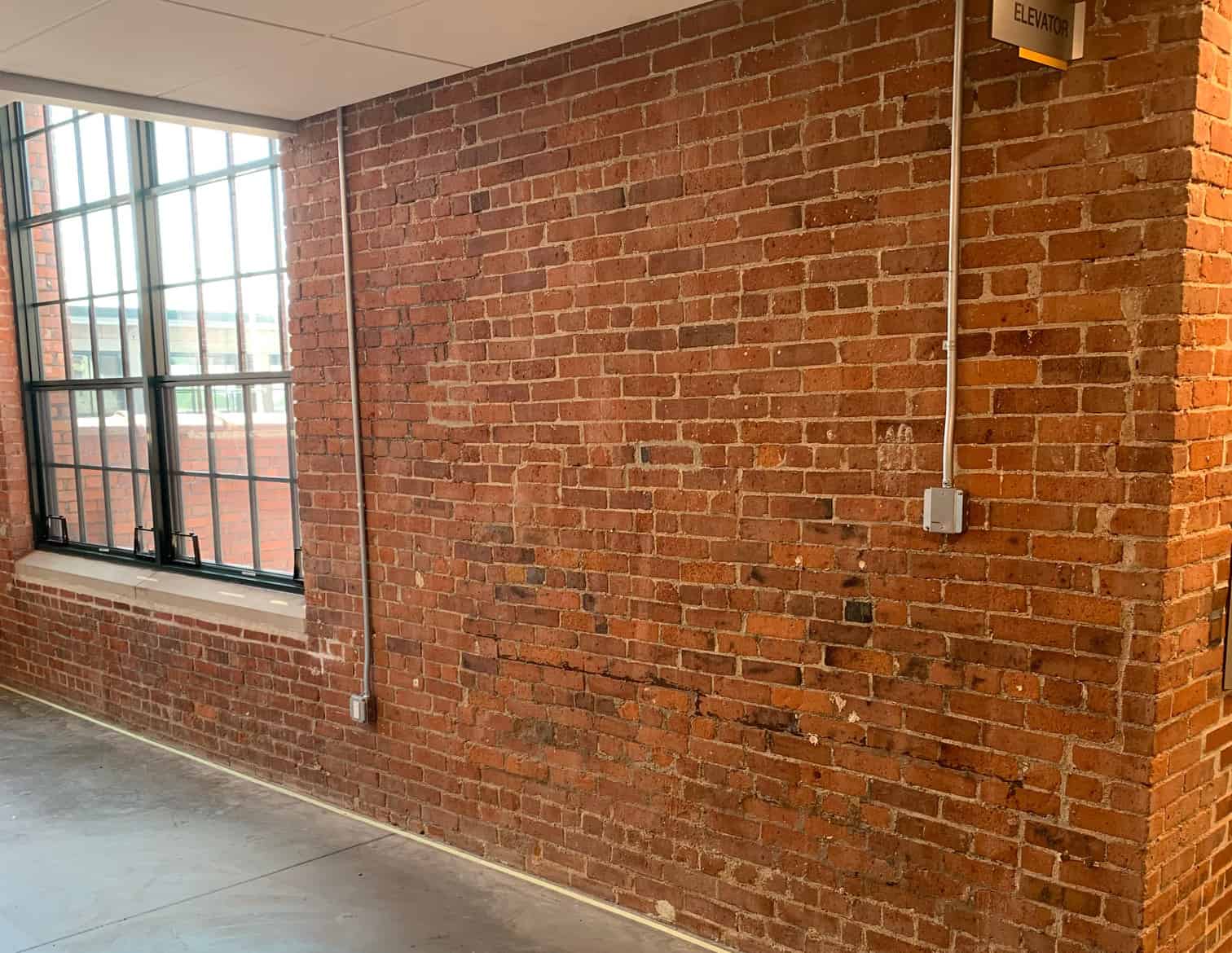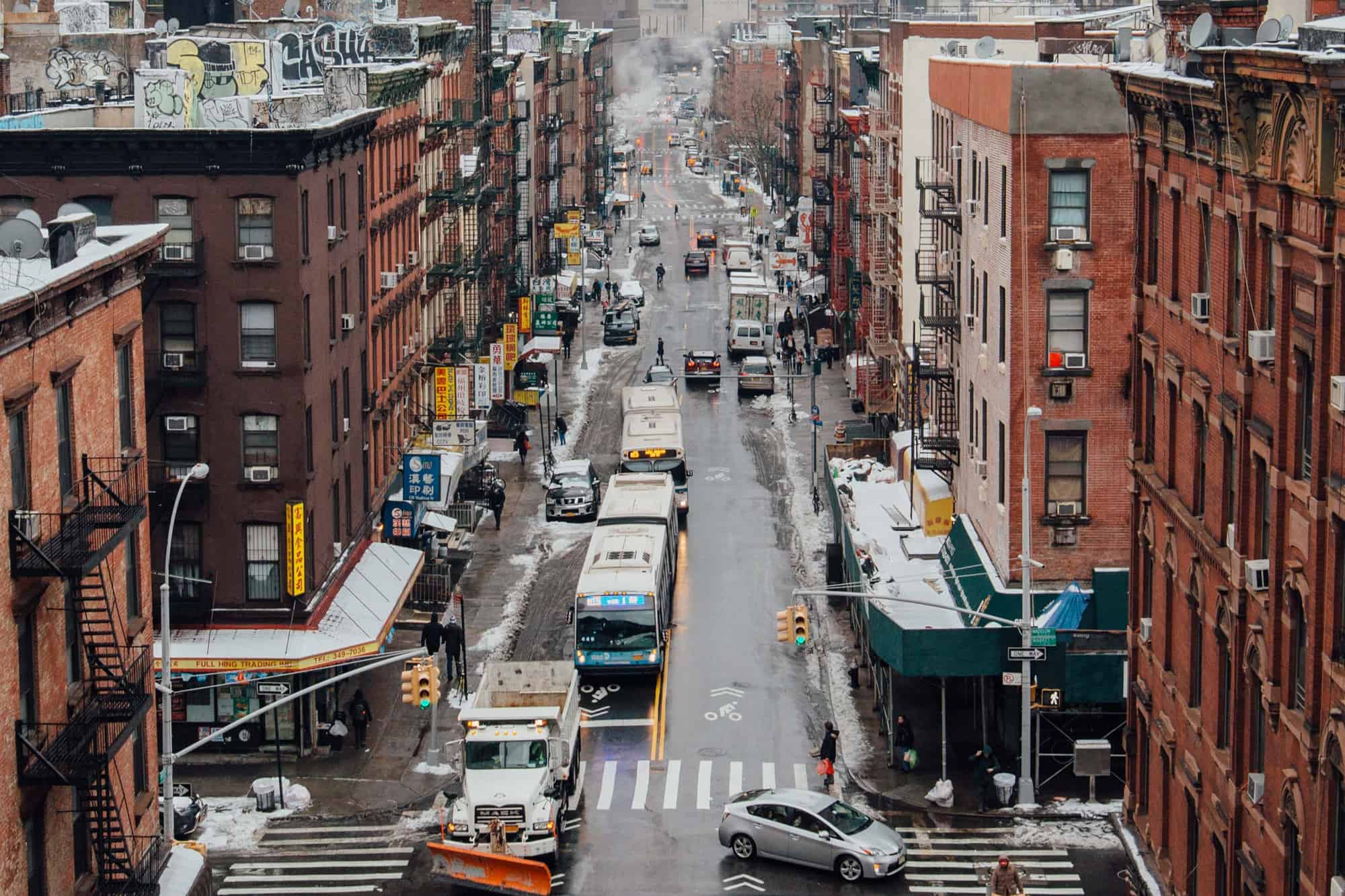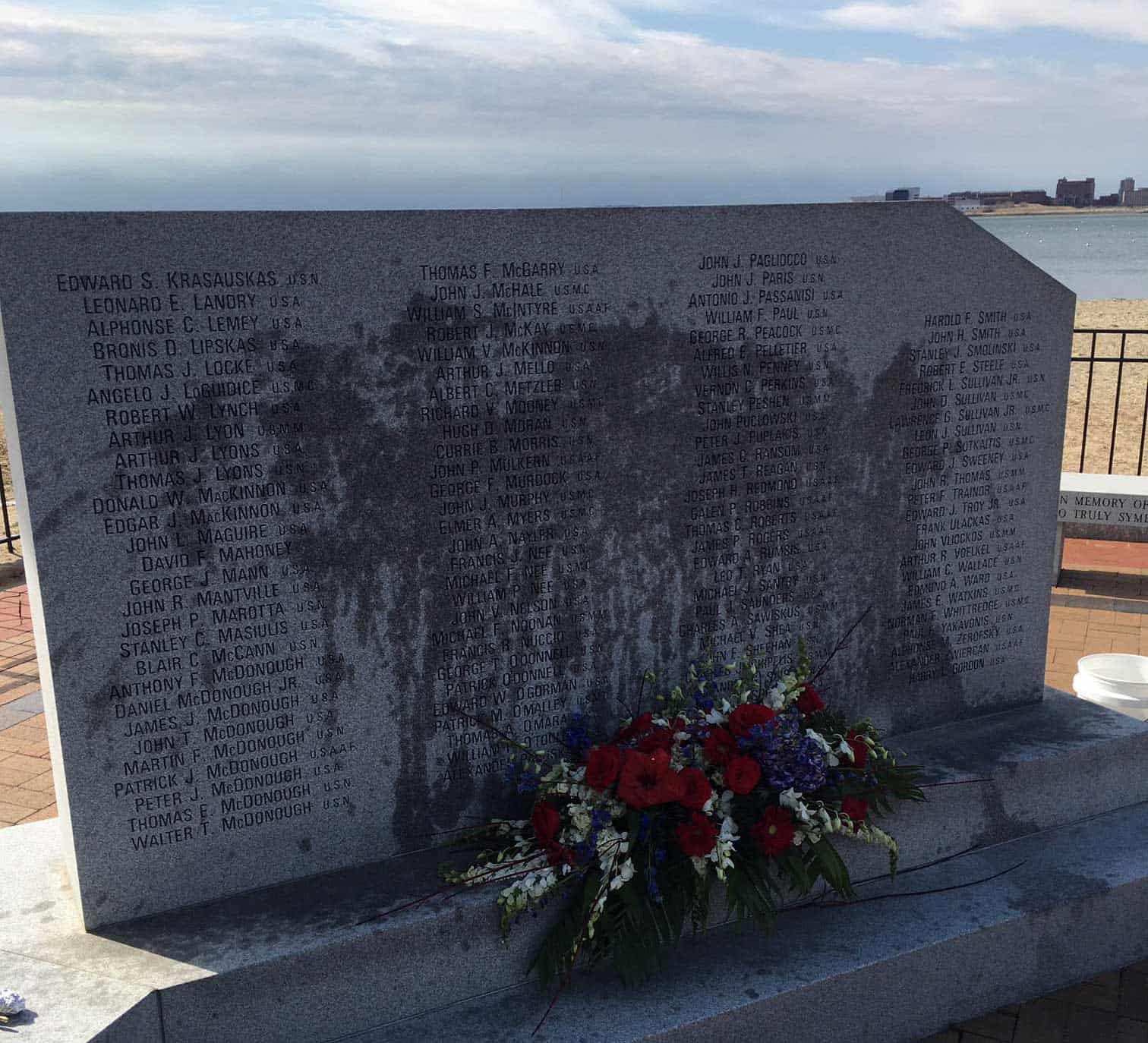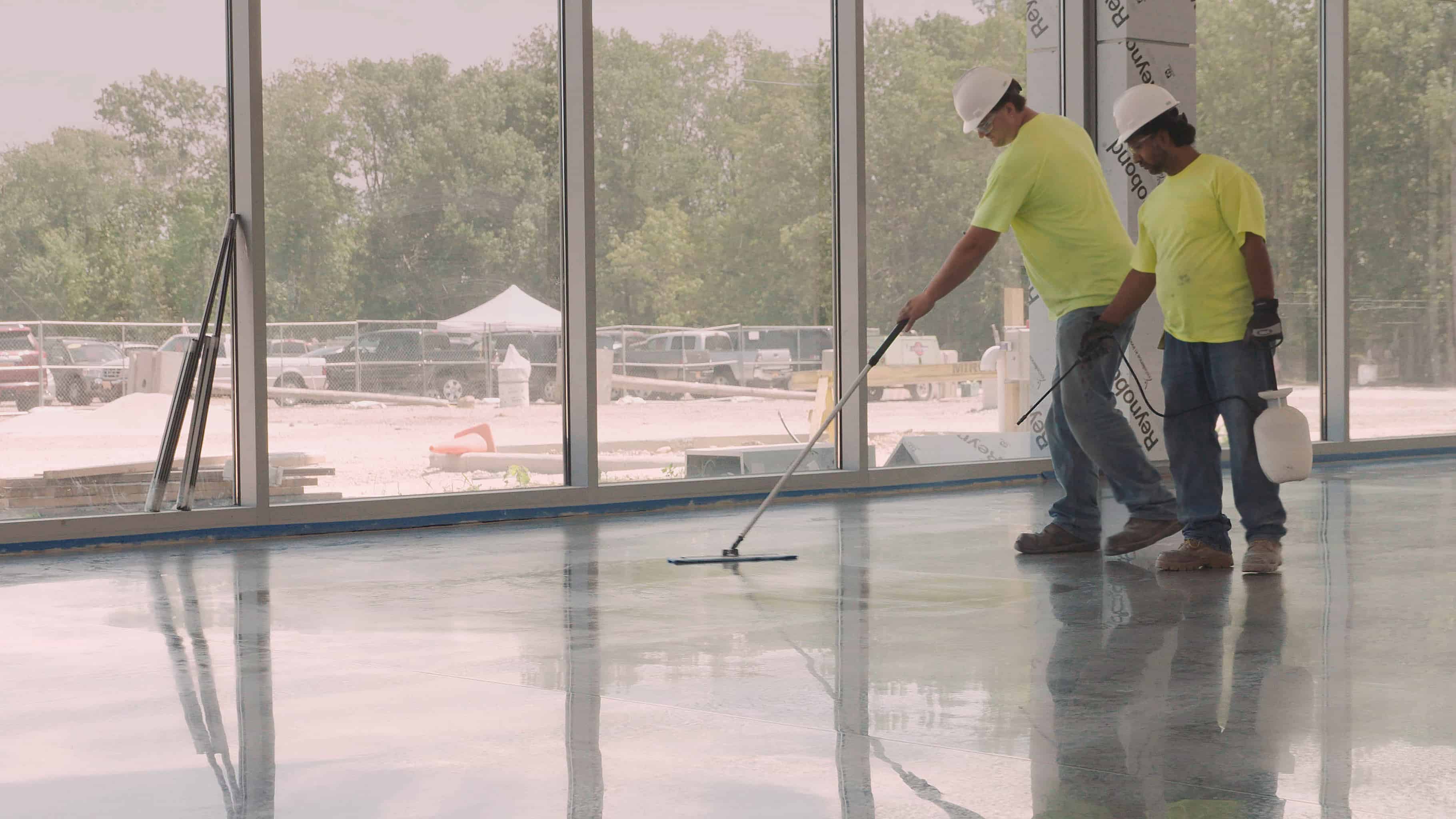We all know the feeling. That itch you get at the very first sign of winter giving way to spring, that compels you to clean. Surely there’s a psychology behind this phenomenon, but the fact is – it’s real. And it pertains to more than just your closets, dusty shelves and garage floors.
It also applies to our outdoor spaces – that patio, deck or driveway that you can’t wait to spruce up and start entertaining on. You have a vision – and it does not include the oil and grease stains on the driveway, biological growth on your paved walkways, or efflorescence starting to show up on your rock wall.
So, where do you begin? How do you find out what types of cleaning formulas you need for each surface and stain? What if you just want to brighten up your driveway or sidewalk? What about a cleaner for spot treatments?
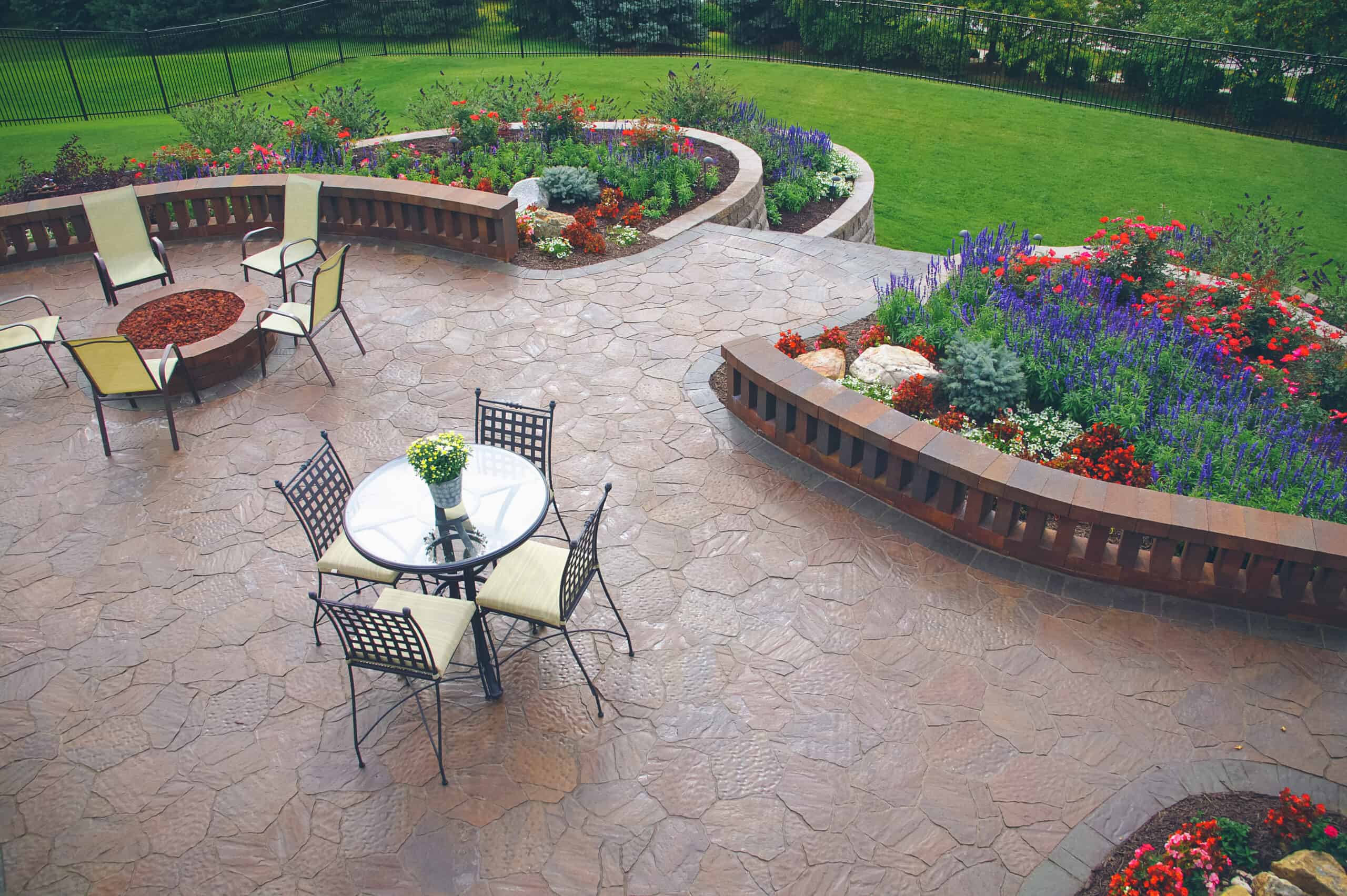
We asked Jake Boyer for help. He’s the head of the clean and protect line of products manufactured by PROSOCO, a national business that has pioneered proprietary, industrial cleaners and protective treatments, or water repellents, since 1939. Many of its products are appropriate for use by homeowners today.
Boyer confirms this is the season when many homeowners choose to clean up their outdoor patios, living spaces, outdoor kitchens, driveways, garages, and even exteriors of their homes composed of brick, stone, or manufactured stone veneers. What’s appropriate to clean this time of year? It’s pretty simple, he says. Anything that’s dirty.
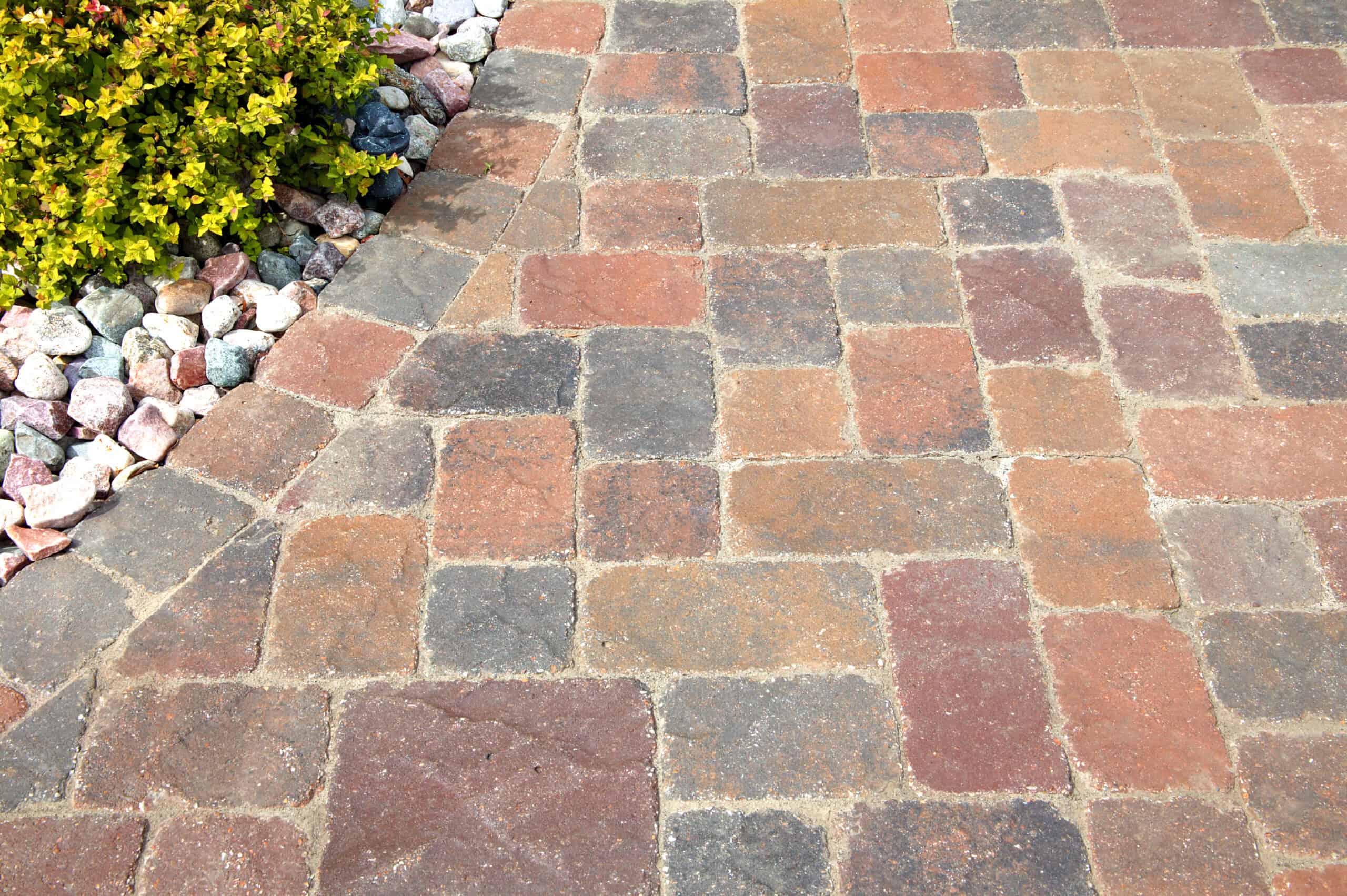
Typically, spring is the time when many Americans are interested in cleaning up their exterior patios and spaces where they entertain guests for barbecues and other gatherings in the warmer months of summer and beyond.
Boyer says the types of stains that are prone to occurring every year or two include oil and grease in outdoor kitchen areas, salt and efflorescence on patios or home exteriors, tire marks or oil stains on driveways and in garages, and biological growth on patios. “In general, if it’s dirty, clean it. Once it’s clean, be sure to protect it to reduce or prevent recurrence of the stain,” he says.
If you are wanting a general cleaning of a large swath of a masonry surface, such as a driveway, Boyer has specific recommendations, but regardless of the outdoor cleaning job, he says the best tip to remember is to always start with the mildest product, dilution and application possible, and only get more aggressive as needed.
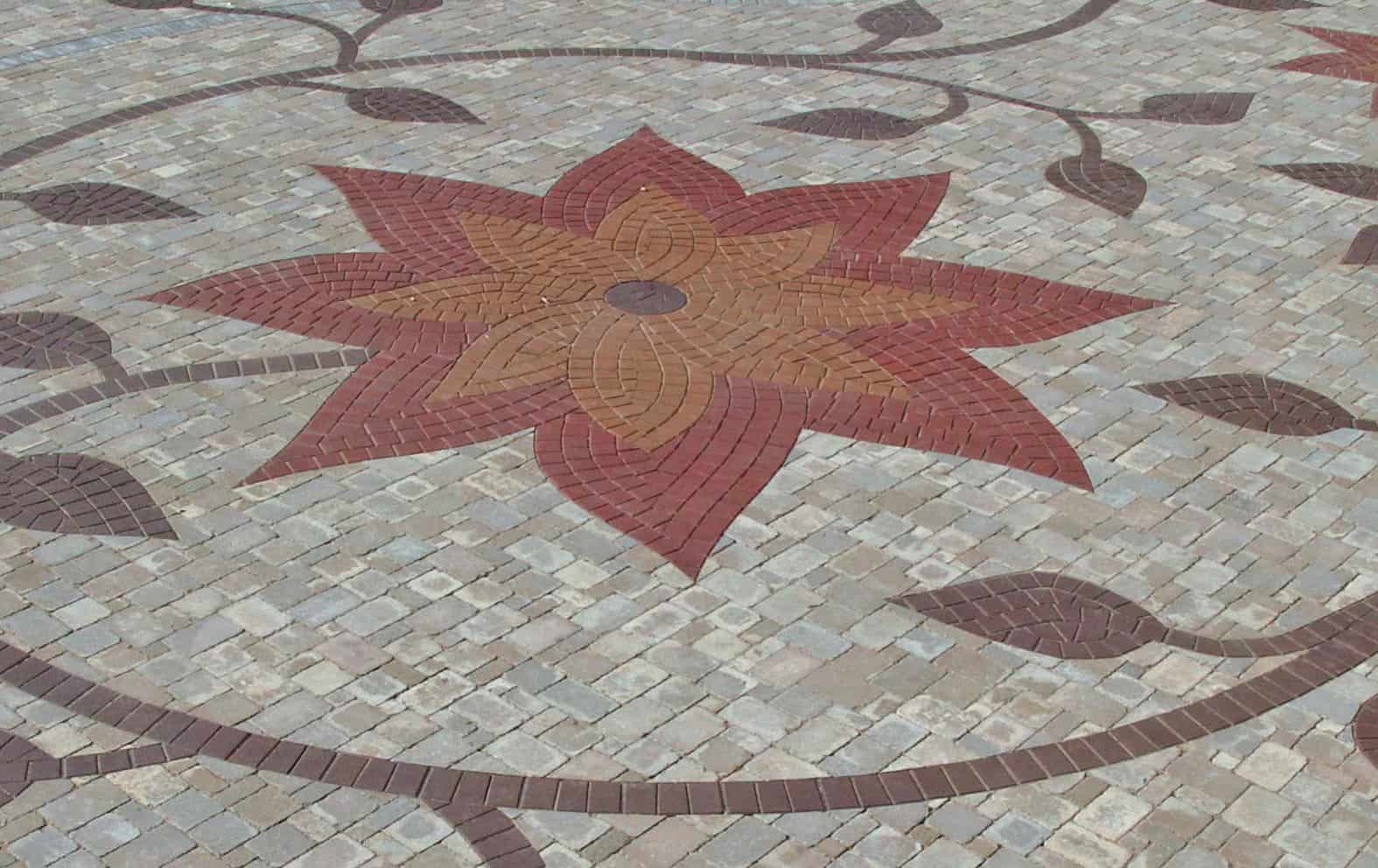
“If you’re cleaning general dirt and grime that has built up over the previous year, then you can likely get away with a very mild, but effective all-purpose cleaner like Klean ‘N Release,” he says. “If you have more specific stains like oil and grease, you may want to try Cleaner/Degreaser or Oil & Grease Stain Remover.”
“For general efflorescence and deeper-set dirt and grime, I typically recommend starting with Light Duty Concrete Cleaner or ReVeal if stains are more severe, or if they’ve been there for longer periods of time.” Always consult with your local expert, review safety information and application directions for products selected and consult a local professional as necessary. And as always, test to ensure desired results before overall application.
“For biological staining, I typically start with 2010 or ReVive, and step it up to ReKlaim as necessary. If you don’t know what the staining is, or what products to use, reach out to our customer care or your local representative and they can help diagnose and prescribe a treatment most appropriate for your conditions.”
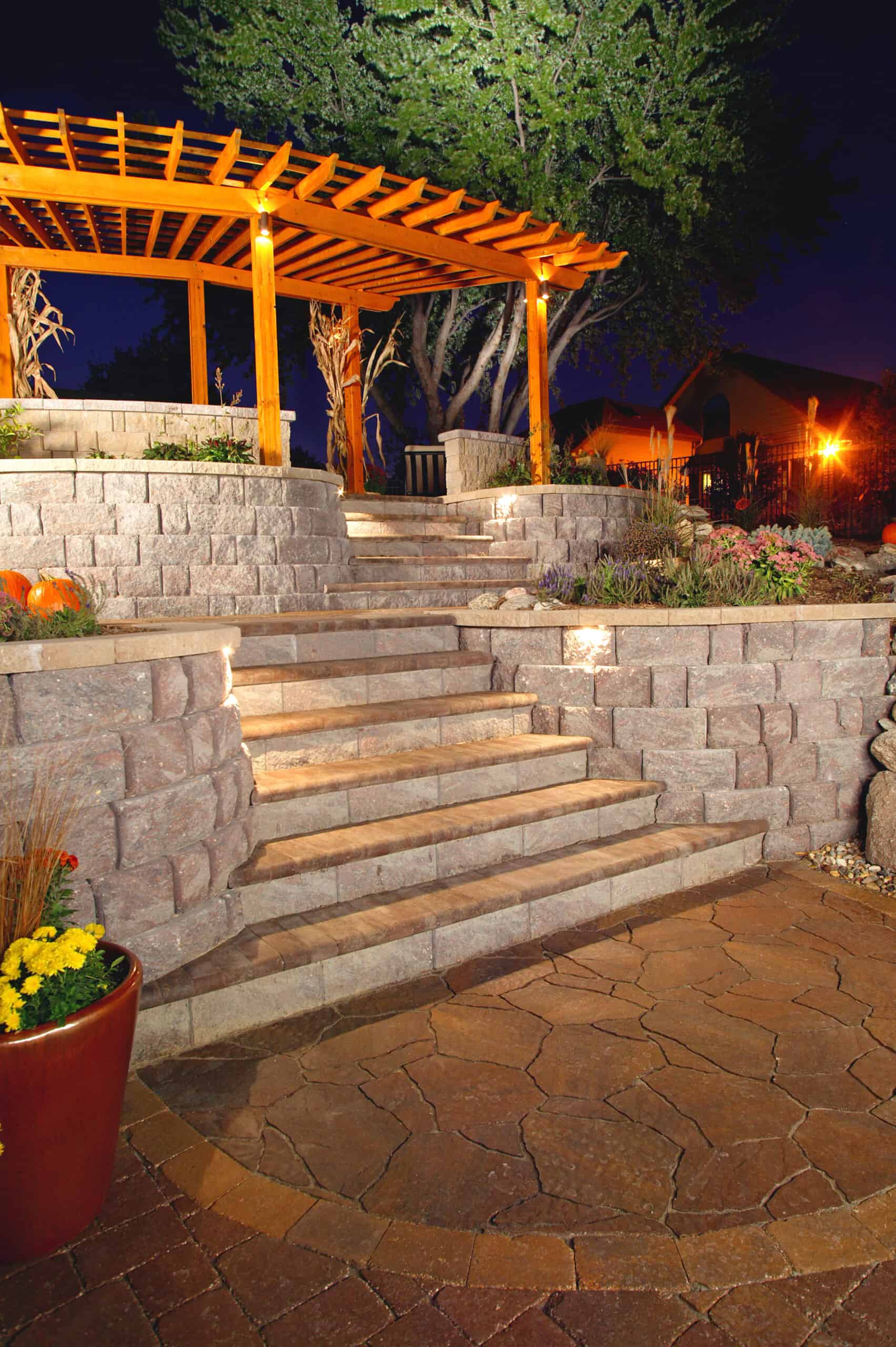
Once a surface is clean, homeowners may not be aware that they can extend that desired clean aesthetic on an exterior masonry surface, whether horizontal or vertical, with an application of a water repellent or protective treatment.
“Protecting substrates with the proper water and/or stain repellents will keep water and the stains carried in that water, from rearing their ugly heads,” Boyer says. “They’ll also make clean-up much easier when the inevitable spill or stain happens. Beyond the protection they provide, there are many options to revitalize color that’s been lost over the years, or improve other aesthetic qualities like color enhancement, gloss or sheen while providing protection.”
There is one thing to avoid when looking at protective treatments for your property’s hard surfaces.
“The big thing you want to be careful of is making sure your products won’t create a continuous film that may trap moisture or water vapor drive,” Boyer says. “These protective treatments can actually cause more issues than they prevent when used wrong.”
For surfaces like driveways, sidewalks or other concrete surfaces, Boyer recommends a salt barrier and protective treatment from the Saltguard family – Saltguard, Saltguard WB or Saltguard VOC. These products are easy to apply with a pump-up sprayer or industrial sprayer, and one application can last up to 10 years or more to protect a surface from all the damage that happens when salt is used as an anti-slip measure against snow, ice and freezing conditions. Salt can enter into the concrete and cause cracks, spalling and other types of lasting damage to your driveways and sidewalks.
For other masonry surfaces outside, such as pavers, stone walls or manufactured stone, his recommendations will depend on the specific circumstances of each project, but may include products like Color Enhancer VOC, Paver Enhancer, Siloxane PD, or a product from the Saltguard family.
![]()
